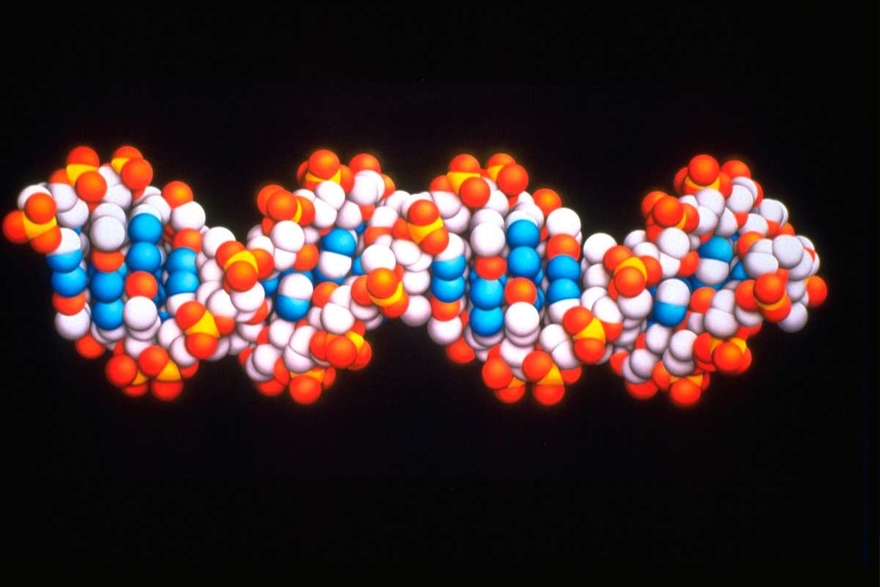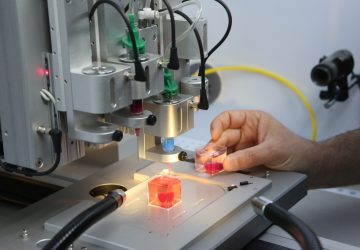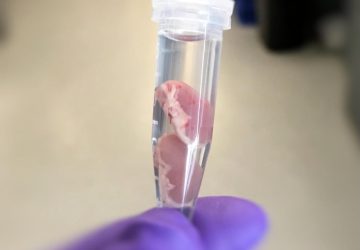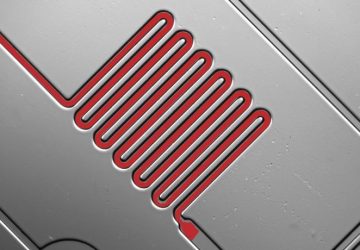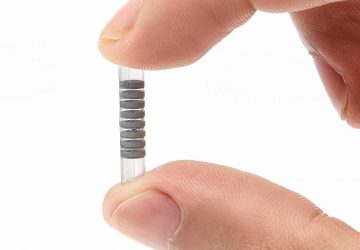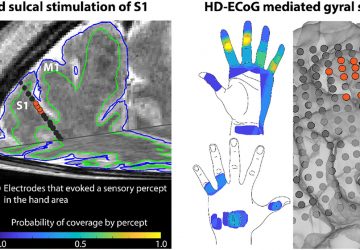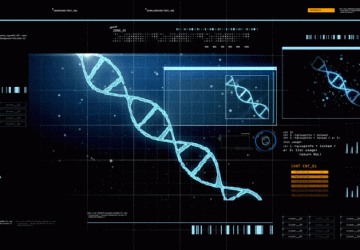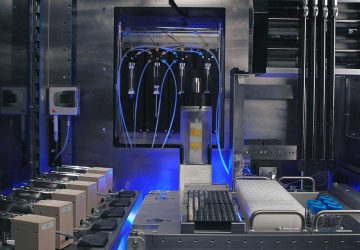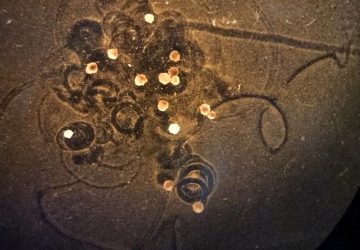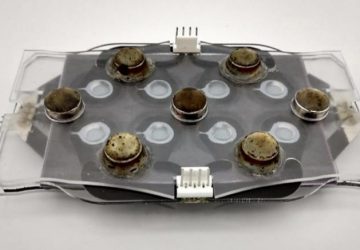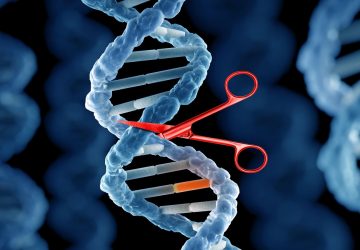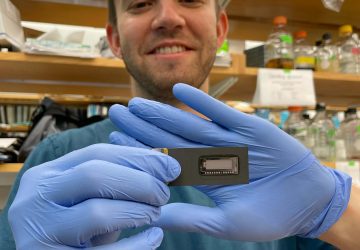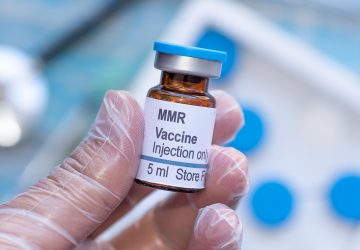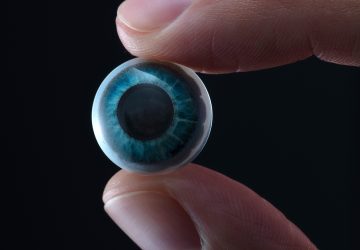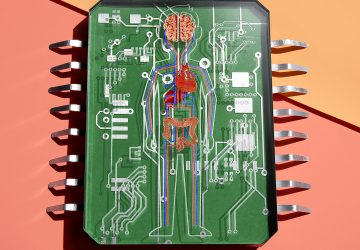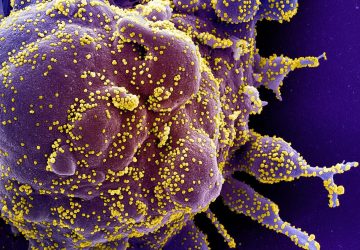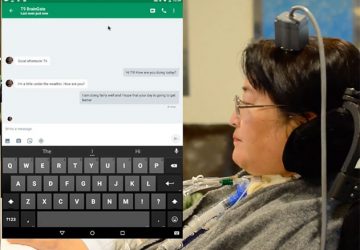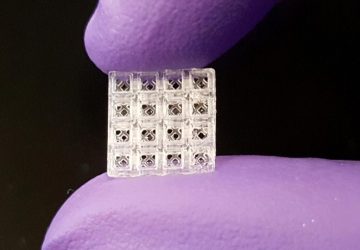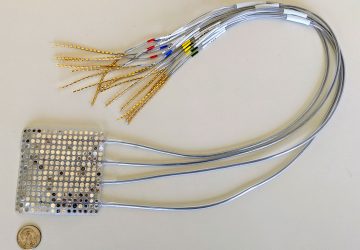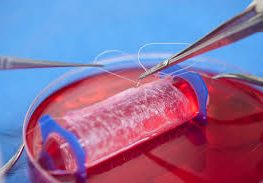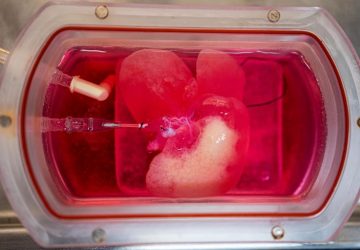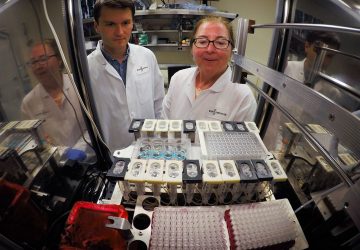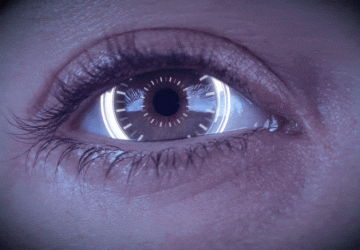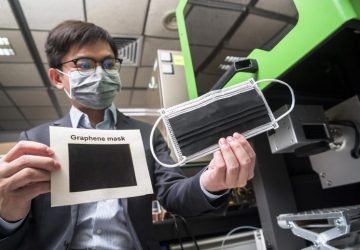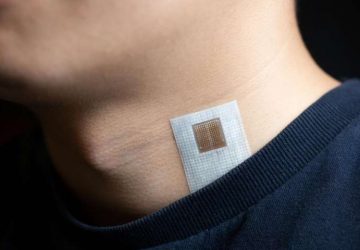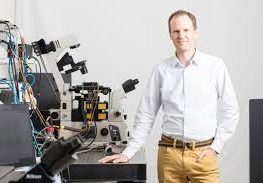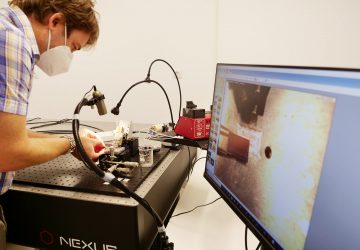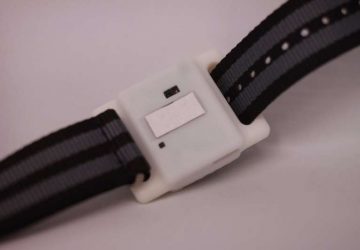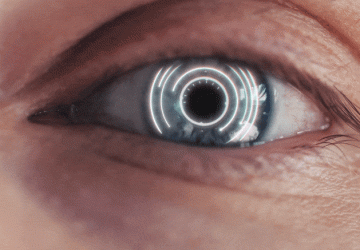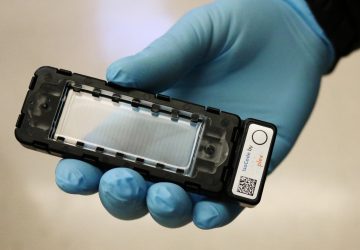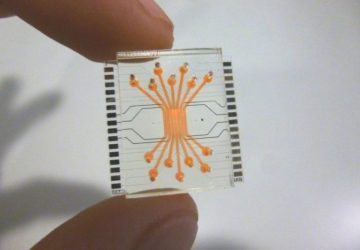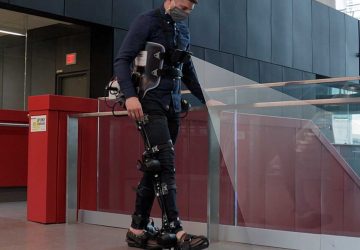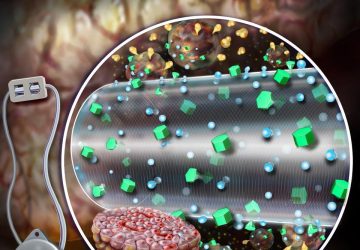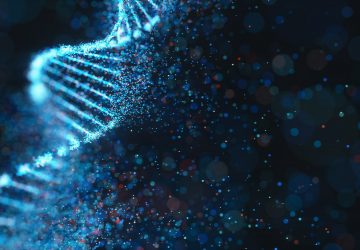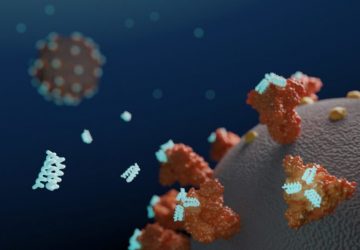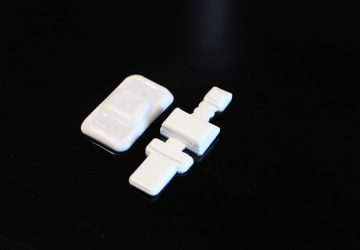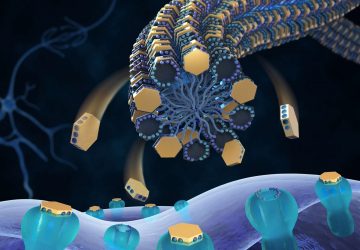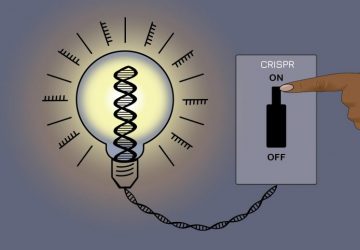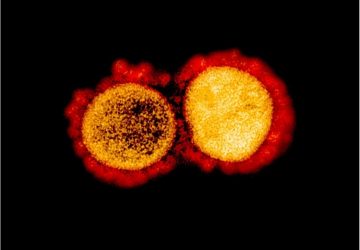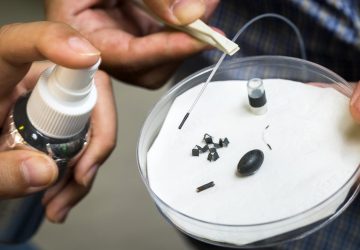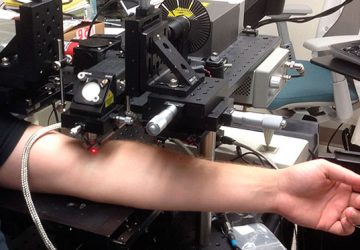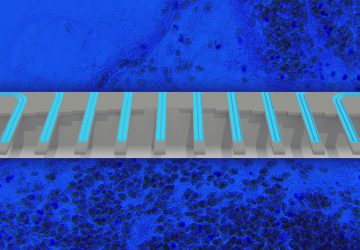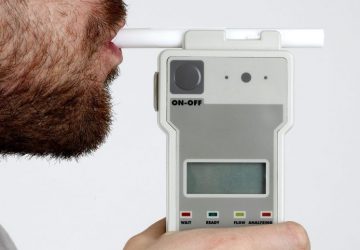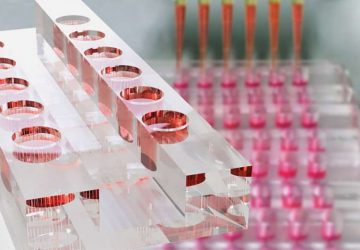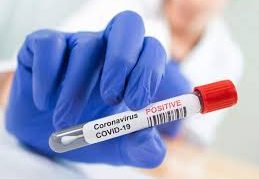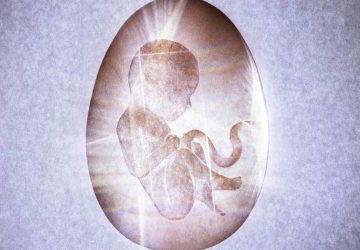About half of all cases of deafness are caused by genetic defects. So it’s no surprise that the emerging gene-editing technique CRISPR-Cas9 is being examined closely for its potential to prevent hearing loss in people who inherit those genes. Scientists at the Howard Hughes Medical Institute are among those looking to deploy CRISPR in genetic deafness—and they have their first evidence that their technique may hold promise.
RELATED: Editing genes with a more precise alternative to CRISPR
Progressive hearing loss can occur even when there’s just one copy of the mutated Tmc1 gene, which is appropriately dubbed Beethoven. That makes using CRISPR to edit it out challenging, because only one letter separates the bad gene from the normal gene.
So the Howard Hughes team took Cas9—the enzyme that normally cuts both DNA strands—and packaged it, along with a guiding RNA, into a “greasy bundle” that can slip inside cells but then rapidly disintegrates, according to a release from the institute. That allows Cas9 to cut out the bad gene and then disappear before the good gene is damaged.
When they tried the technique in mice with mutated Tmc1 genes, they observed that after eight weeks the inner-ear hair cells resembled those that would be present in normal animals. They then measured the animals’ hearing by placing tiny electrodes on their heads and monitoring brain signals. They determined that treated mice could hear sounds that were 15 decibels softer than what untreated animals were able to detect.
“That’s roughly the difference between a quiet conversation and a garbage disposal,” said Howard Hughes investigator David Liu, Ph.D., in the statement. If the technique is able to be translated to people, the change would be enough to improve the quality of life of people born with the mutation, he added.
CRISPR-Cas9 has generated excitement in the biotech world because it opens up the possibility of breaking two DNA strands and either eliminating mutated genes or inserting healthy ones. But the hacksaw-like approach to editing genes can result in errors, which in turn can cause off-target effects. That’s why many research teams across the world are searching for ways to make the technique more precise.
In December, for example, Yale scientists described an alternative gene-editing technique they developed called eMAGE (eukaryotic multiplex genome engineering), which they believe will allow new genes to be inserted into DNA without multiple double-strand breaks. And Broad Institute scientists developed a system called REPAIR (RNA Editing for Programmable A to I Replacement), which targets RNA instead. They believe that may make it possible to fix gene mutations without permanently changing the genome.
The Howard Hughes team has some more preclinical work to do before their CRISPR technique can be tried in people, Liu said. If it pans out, he envisions that it would best be employed during childhood, because the loss of hair cells in the inner ear is irreversible.
source: www.fiercebiotech.com

